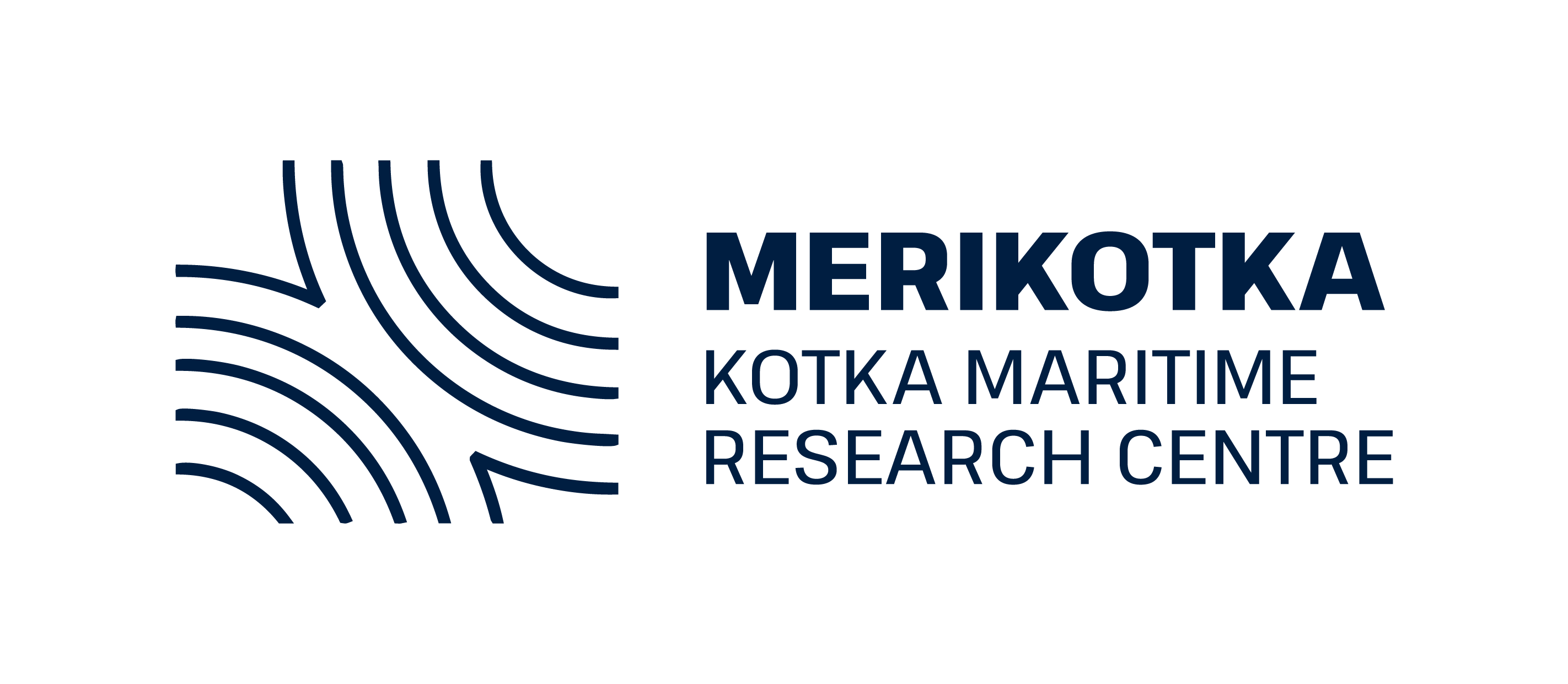The 30MILES (Small port every 30 miles apart) project aims to develop water tourism and maritime safety in the eastern Gulf of Finland. Environmental friendliness is central when making traveling in port regions more comfortable and enjoyable. The project thus considered sustainable development from the perspective of port safety and the environmental practices of port operators as well as profitability. The project also conducted a survey to probe marina users’ preferences in order to ensure that development work is in line with them.
Better services, safer ports
Participants in the 30MILES project included 12 marinas from the eastern Gulf of Finland region, six in Finland and six in Estonia. During the project, concrete improvements made to the marinas, business opportunities were developed, communications materials were produced, and marketing efforts were undertaken at tourism and boating events.
During the project, Southestern Finland University of Applied Sciences organised safety training courses at ports, which were then compiled into a video series entitled “The Safe Port”. A risk assessment of recreational boating in the eastern Gulf of Finland yielded a comprehensive picture of the central risks in the region of the 30MILES ports. The “Port Safety Day” concept, created for marinas in order to familiarize boaters with the most important aspects of maritime safety, entailed e.g. a rescue exercise and basic fire training. Approach routes to all 30MILES ports were also recorded in an attempt to support and facilitate navigation.
More sustainable development in marinas
A Helsinki University research group identified ways in witch marinas and boating tourism can be developed in a sustainable manner. Sustainability is construed as a comprehensive, three-part concept, in which environmental friendliness, safety and profitability create synergies. The research was based on literature, 2016 and 2017 web surveys aimed at marina customers, and in-depth interviews with boaters and port operators.
New business opportunities
Sustainable business concepts were designed for four of the marinas (the new Porvoo marina, Loviisa’s Laivasilta port, Hamina’s Tervasaari and Virolahti’s Klamila) in close cooperation with the region’s municipalities and other relevant actors. Particular attention was paid to profitability, year-round operation, ports’ overall service offerings, opportunities afforded by geographical location, safety, environmental factors, and social sustainability.
The aim was to identify new business opportunities and new customer groups for guest marinas as well as to pinpoint operational factors that could improve resource efficiency. The analysis was not limited to boating, but also took into account tourism, the attractiveness of the surrounding regions, and the ways in which the marinas can form an integral part of their respective regions’ service provision and tourist routes. A more comprehensive perspective on marina development opens doors to entirely new business ideas and customer demographics.
The business concept was implemented by Cursor Oy and Postintra Oy.
Participating ports:
Virolahti, Klamila port
Hamina, Tervasaari port
Kotka, Kantasatama port
Pyhtää, Keihässalmi port
Loviisa, Laivasilta port
Porvoo, New guest marina
Tallinnan Lentosatama port
Viimsi, Leppneeme and Kelnase ports
Eisma port
Narva-Joensuu port
Narva port
Project funding
The main contributors were Interreg Central Baltic 2014-2020 and the Regional Council of Southwest Finland. The total budget for the project was 3.1 million euros.
Project partners
Kotka Maritime Research Association (coordinator)
Southeastern Finland University of Applied Sciences
Helsinki University
Cursor Oy
Posintra Oy
Ida-Viru Enterprise Centre
Eisma Sadam
Municipality of Viimsi
Estonian Maritime Museum, Lennusadam
City of Narva
Municipality of Narva-Joesuu










